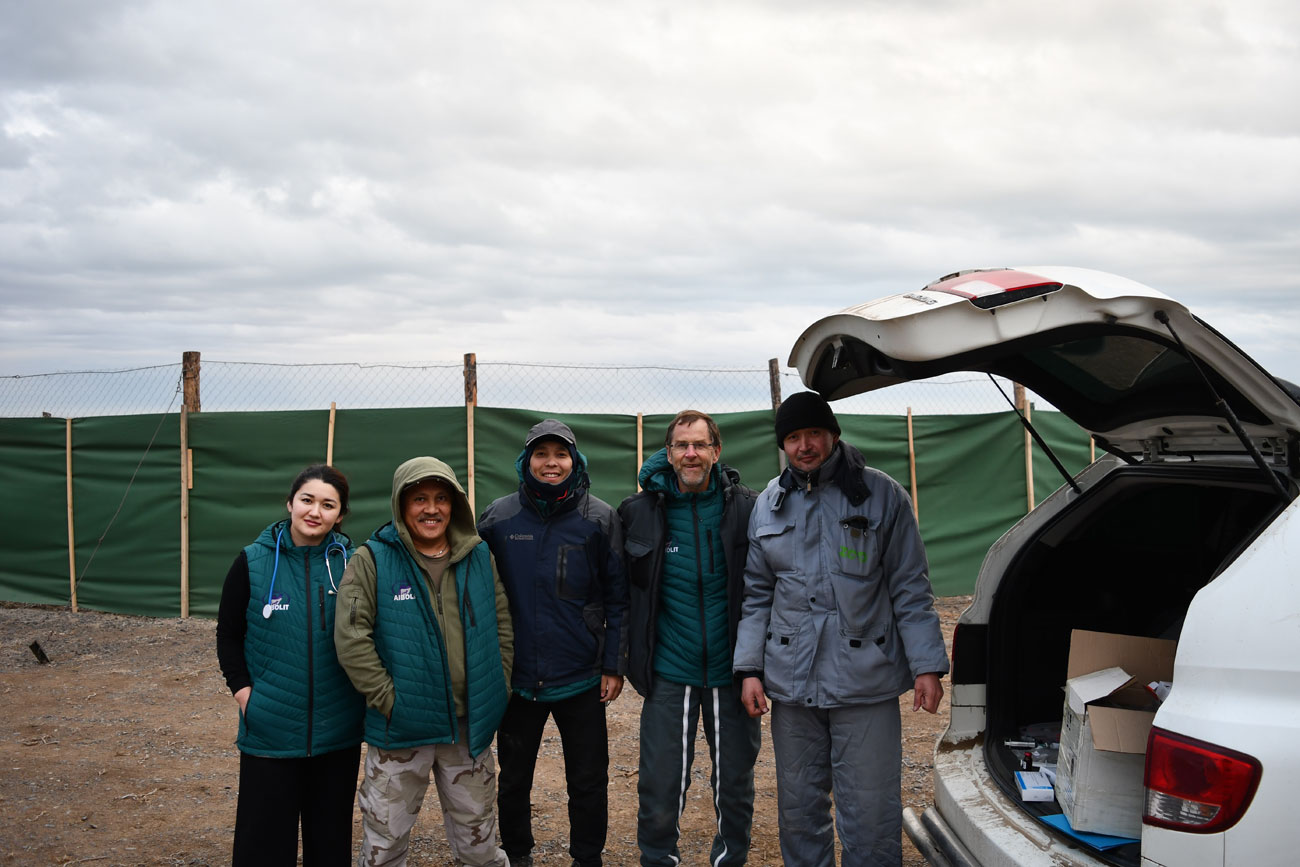Mission Kulan in Kazakhstan

A few weeks ago, our veterinarian Thierry Petit traveled to Kazakhstan to participate in a translocation of Asian Wild Asses (also known as Kulans) organized by the Okhozooprom, an institution which depends from the Kazakh Ministry of Ecology. At the end of 2017, T. Petit had already taken part in a similar operation during which a dozen of animals had been transferred by helicopter from the Altyn Emel National Park located in the southeast of Kazakhstan to the protected area of Altyn Dala in the center of the country. Then in 2019, he had trained some staff members of the Zoo of Almaty to the capture and anesthesia of kulans.
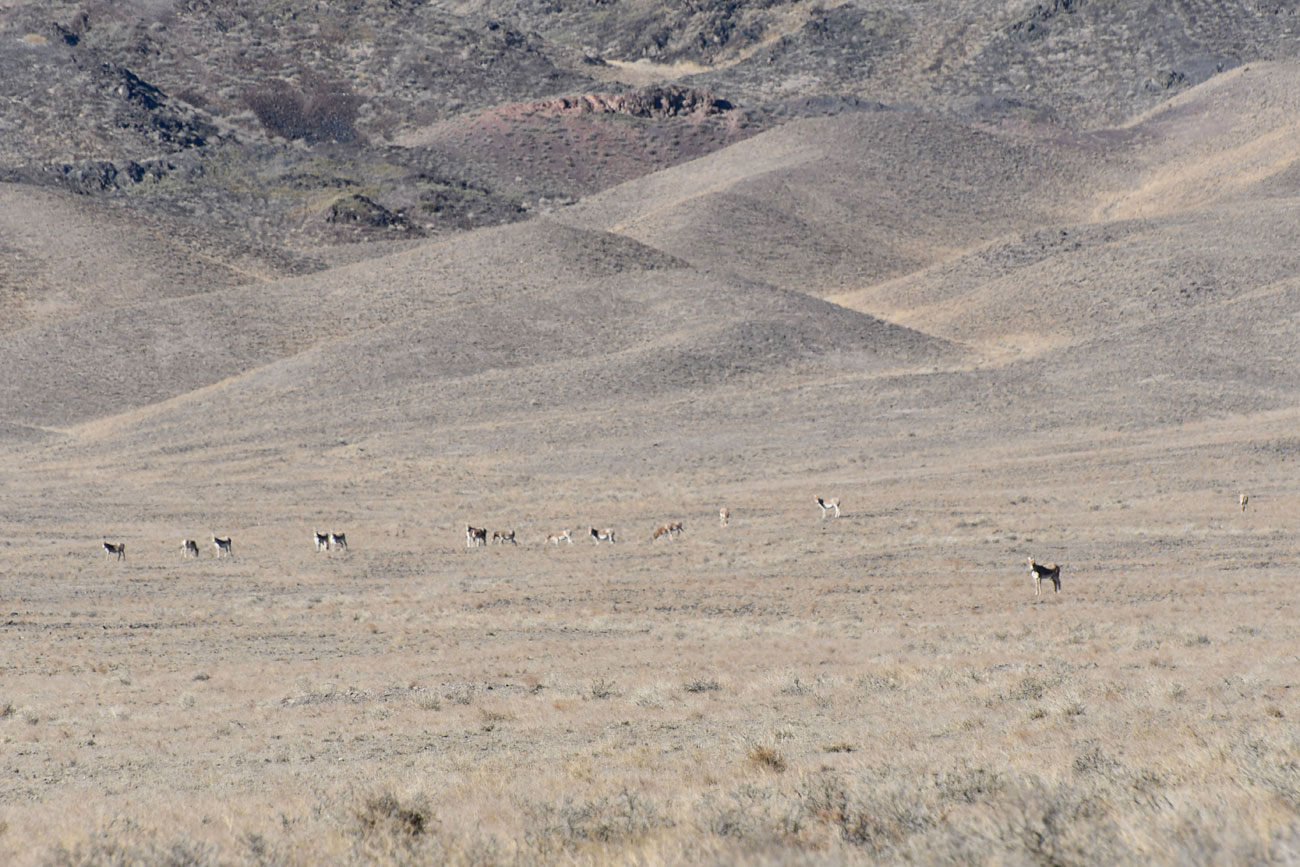
All these actions are part of a global project aimed at restoring and protecting the populations of large herbivores (Kulans, Przewalski’s horses, Saiga antilopes) within a vast habitat now available in the central steppes of Kazakhstan following the profound changes induced by the collapse of the Soviet Union.
In the past, the Kulans were roaming through the steppes of Central Asia and Middle East, from the eastern shores of the Mediterranean to Mongolia. But the hunting for their meat, the habitat reduction for agriculture and the competition with livestock have decimated their populations that today remain on only 3% of their original range.
The subspecies of central Asia, Equus hemionus kulan is listed as Endangered on the IUCN Red List. Only a few isolated populations still remain in Turkmenistan, Uzbekistan and Kazakhstan where it has been reintroduced from the 50’s after it bacame extinct in the 30’s. The country is now home to slightly more than 3,000 Asian Wild asses.
The objective of this new translocation was ambitious: capturing 60 Kulans in Altyn Emal National Park and transfer them by road to the Ile-Balkhash nature reserve by using containers that could accommodate a dozen wild asses and individual transport crates loaded onto trucks.
The catches made early in the night during several days allowed to capture around 20 Kulans each time. Once the different groups were spotted, the animals were encouraged to move towards capture tunnels thanks to 4x4 vehicles.
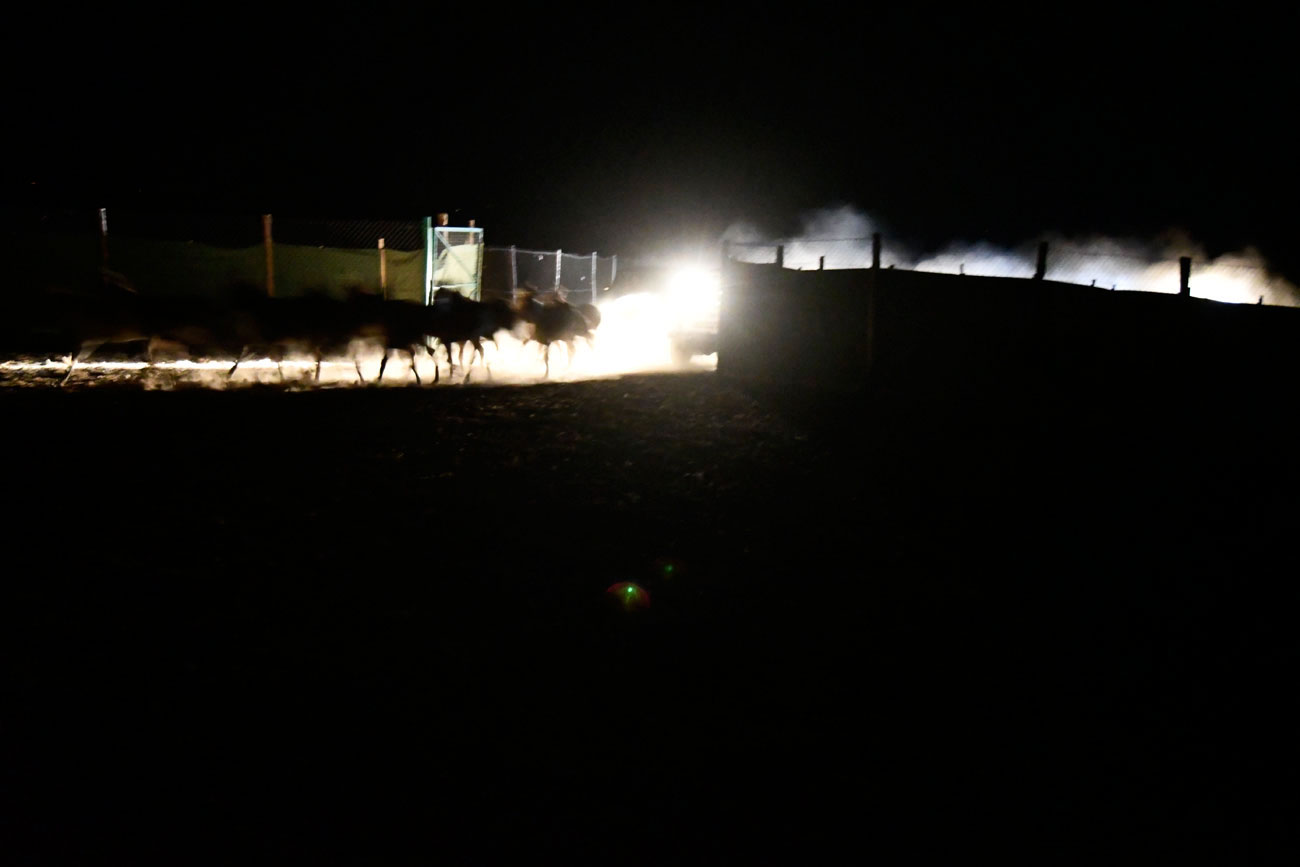
Then they were acceeding a large corral and then another smaller one before converging to a loading enclosure leading to the transport container. In early morning, the animals were sorted so as to bring only about ten Kulans to the loading area. A tricky operation as the wild asses tend to get agitated when they are separated from each other. The team also had to avoid separating the mothers from their foal.
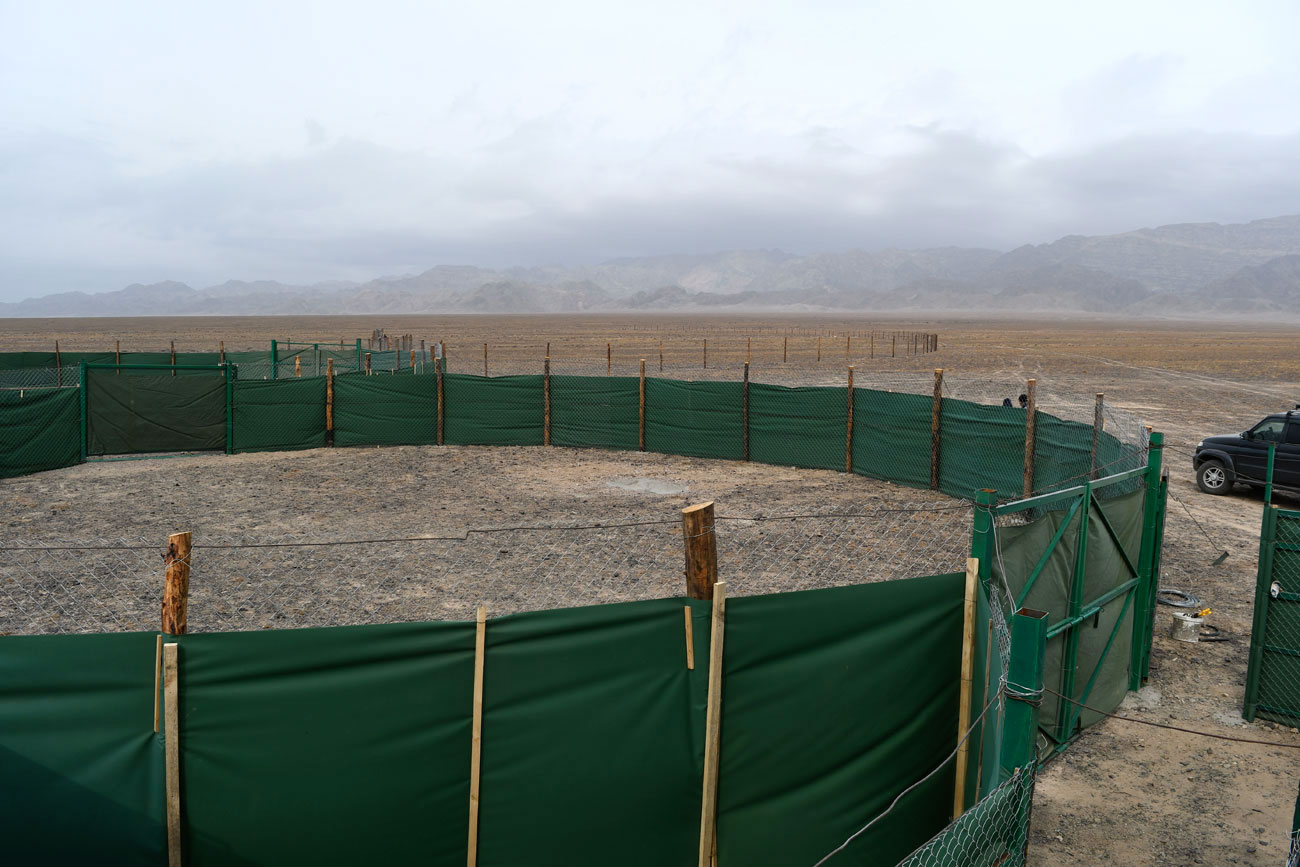
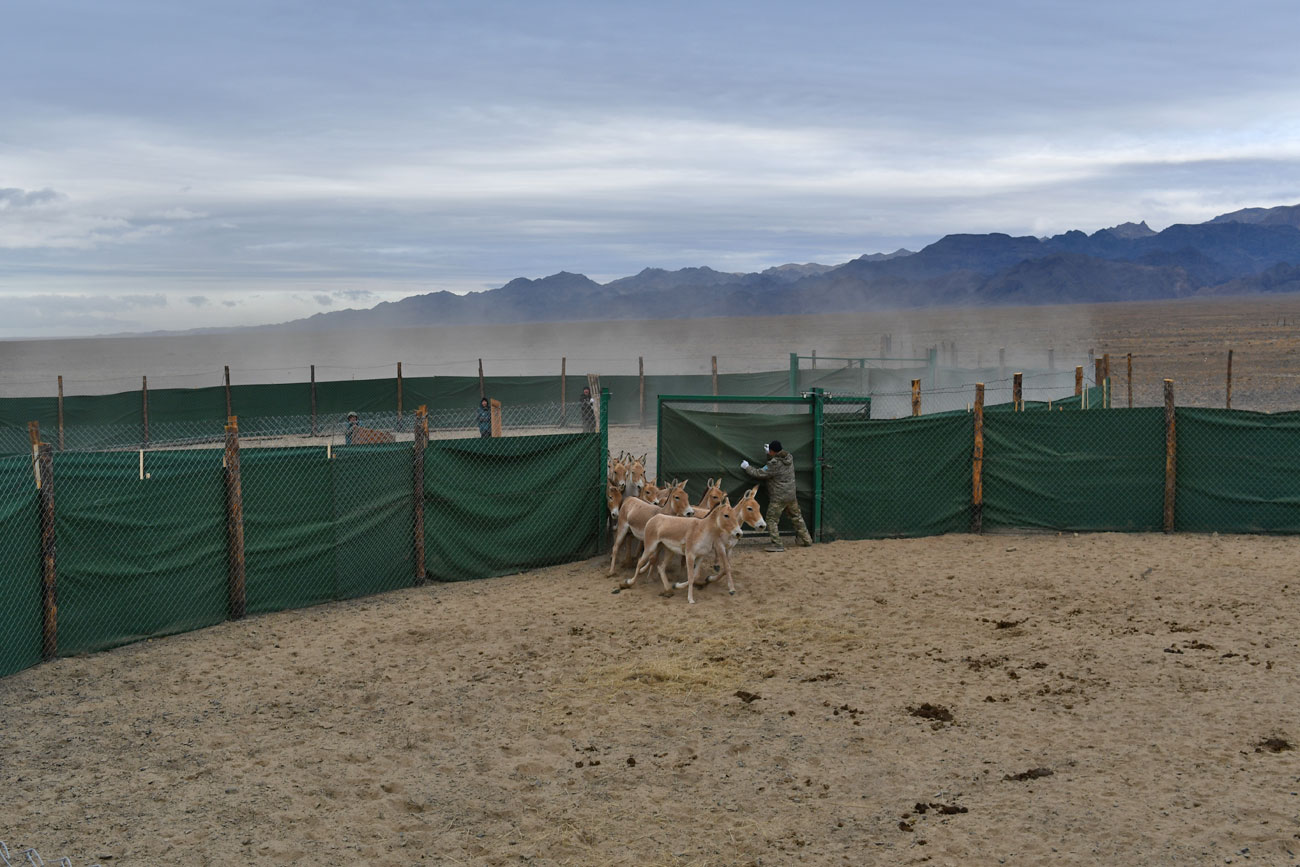
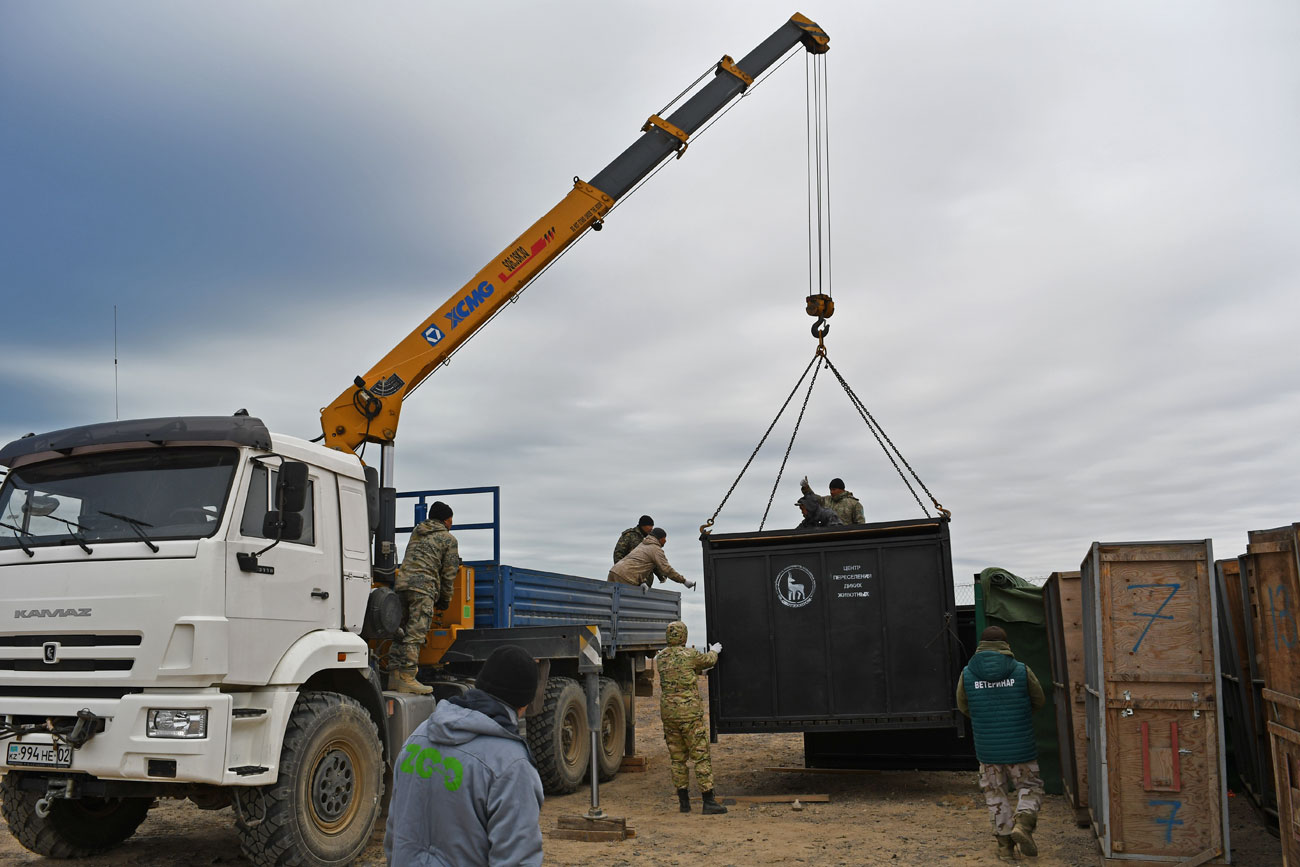
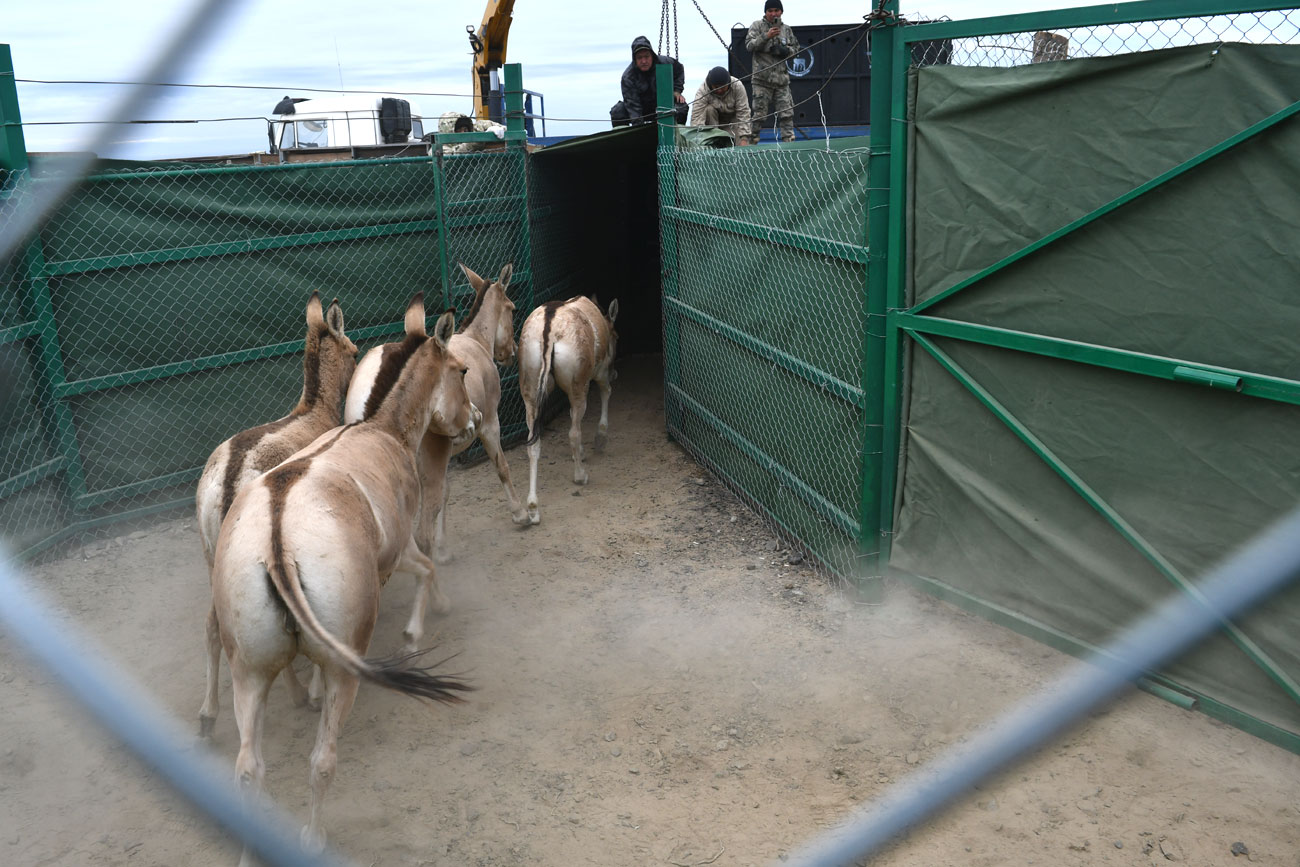
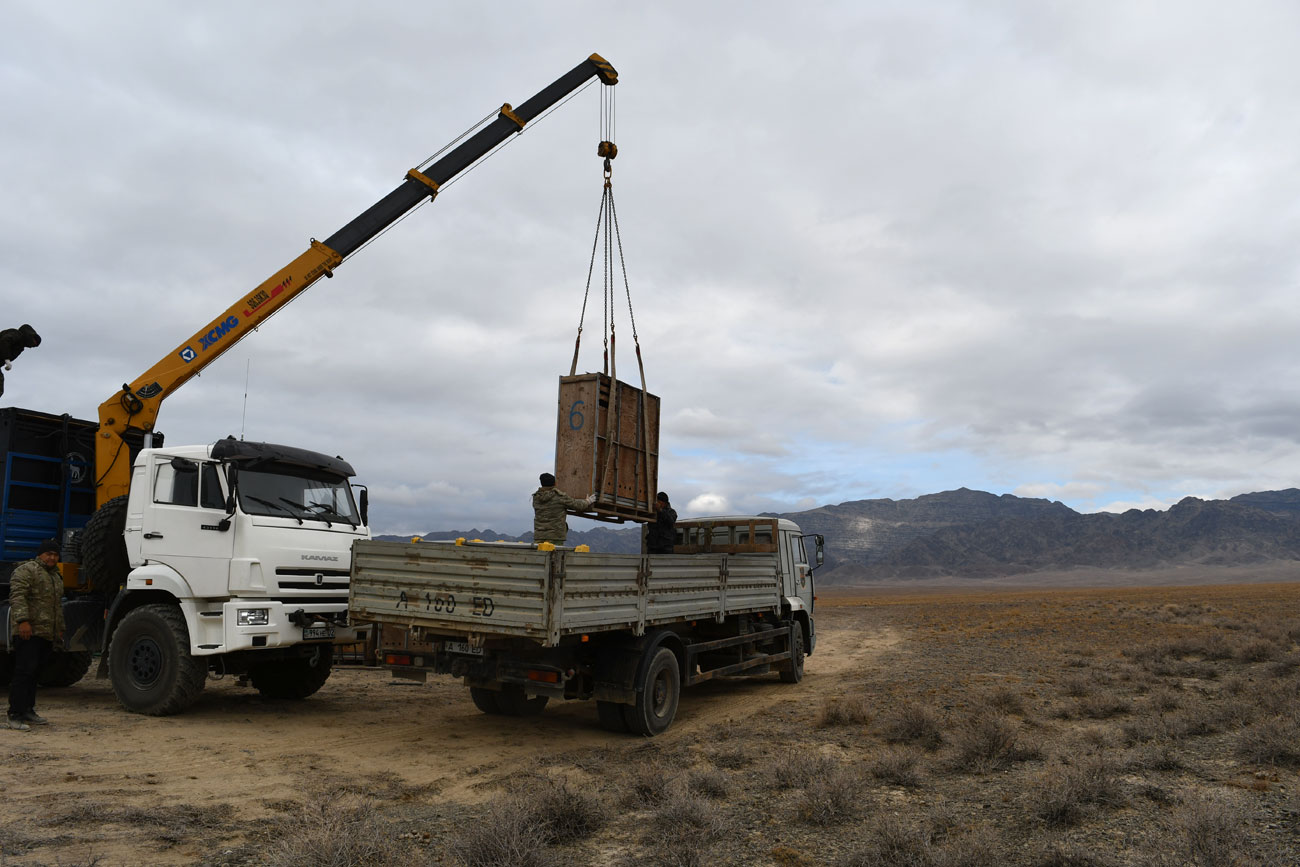
No tranquilization was used and only 3 adult males were lightly sedated to facilitate their crating. The first trip thus led about 20 Kulans to the Ile-Balkhash nature reserve. They were monitored by cameras placed in the containers and stayed calm during their journey despite a complicated road section on which the truck got stuck in the sand 5 times. 600km further and only 24h after their capture, they were unloaded without any difficulty and released in a large acclimatisation enclosure where they will stay for several weeks before being full reintroduced to the wild.
The entire operation was repeated 3 times, allowing the transfer of 60 Kulans to the reserve!
